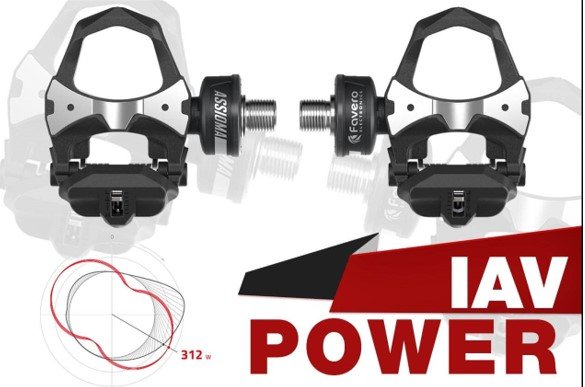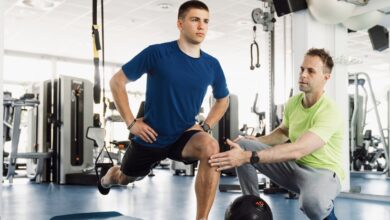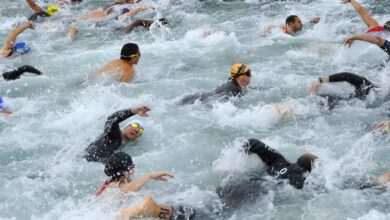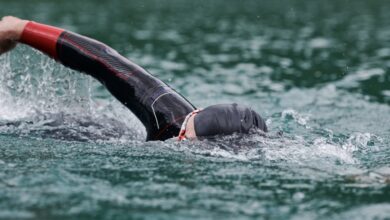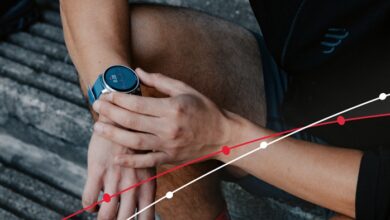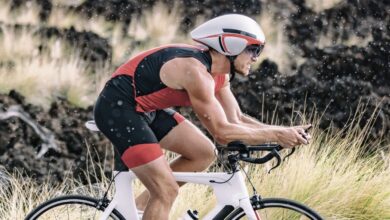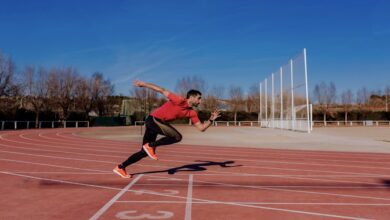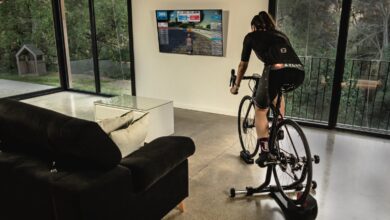Learn how to calculate training zones to train intelligently in cycling
In today's article we will teach you how to calculate training zones. For those who are already training with potentiometer.
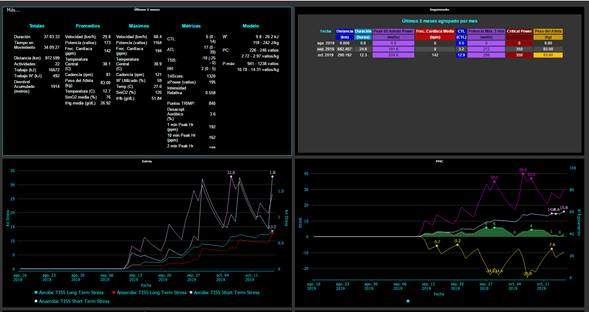
It is very important to know calculate training zones, since during the season those areas will be changing as you improve.
You will not be able to train at the same intensity that you trained during the winter. And your threshold zone will increase significantly with the appropriate workouts.
During the preparation of all the articles I was using a power meter Favero Assioma Duo. It was the power meter chosen thanks to its precision and the possibility of recharging the batteries instead of changing them as with other power meters.
Have you read the first article of our series training with potentiometer? If you have not read it here is the link: Do you want to start training with a potentiometer and you don't know how?
We enter in matter
Training with potentiometer results extremely valuable and effective for any cyclist You are looking to improve your performance, but not just any potentiometer is worth it.
Since a power meter that is not able to provide metrics with accuracy does not serve to carry out a detailed analysis of the workouts. A clear example is those power meters unable to correct or perform the proper calculation of power applied to the pedal with oval plates.
For example: You need to perform repetitions in the 4 zone for 8 minutes. A failure of 4.5% could cause you to work well above or far below what is required to achieve the appropriate adaptations. That is why I insist on the importance of a power meter that is reliable and gives us this correction.
Since later when we go into details of the pedaling we will realize how we can load the season and our preparation for not training in the appropriate area.
So far the only power meter to offer that 4.5% correction is Favero Assioma, later we will make a thorough review when we talk about pedaling efficiency and its importance.
After knowing the main metrics that are obtained with a power meter. (Yes, only the main ones) It is time to start up our power meter and calibrate it.
It is advisable to calibrate the power meter before each training, in this way you will be guaranteeing that you obtain accurate and consistent data in the computer cycle.

Do not get scared. At the end of our series of articles you will be able to understand and use the vast majority of metrics to plan your workouts intelligently. And if at any time you need help, do not hesitate to contact me.
How to calculate training zones?
Do you already know how to calibrate your power meter? Well, because we need it calibrated for the test, it is also required that the weight of the bike and yours be current and not 6 months ago when you bought your computer cycle.
To calculate training zones, it is essential to understand what the threshold is.
The threshold in a nutshell It is the most important data of your entire season. Is the maximum power that you can maintain in a sustained way while your muscles produce lactate due to muscle contraction during exertion.
The effort threshold
The threshold is that line between burning the muscle or keeping it in a constant effort but that allows you to be able to maintain a considerable effort.
How to know what my threshold is?
I recommend doing several workouts focused on knowing your body. As? If you are not familiar with a 10 km time trial It may be difficult for you to "get into the rhythm" and you start too hard and do the last few kilometers at a wheel.
Perform one or 2 tests on separate days and calculate the average power between those two results.
For example: If in the first test your average power was 325 watts and in the second it was 340 watts, add both and divide by two you will get an average of 332.5 watts.
eye! This will only give you an estimate of the pace you should take during the true threshold test.
It will be a rhythm that you will carry during the first 4-5 kilometers, if the sensations are good go for a little more. In this way we are making sure that we calculate the training zones correctly.
This is a maximum effort but you must be able to keep that pace for 20 minutes and not only for 10 kilometers
Maybe in this part some will sound confused and no longer want to start training with a potentiometer.
I will explain, knowing the rhythm of the 10 kilometers and making an average between two values will give us an estimate of the average power that we can carry for a little more distance-time.
The regular thing is that you do more than 10 kilometers during the 20-minute test, but doing it this way will help us to have more exact data to develop the training plan.
To calculate your FTP, take the 95 percent of your total effort of 20 minutes.
Once we have the FTP we calculate the power zones
Suppose you did things right, an appropriate warm-up, a series of short efforts (5 minutes) before the test and a recovery period without stopping before starting.
Another important factor to consider is the temperature and wind as well as the terrain. Find a place where you can at least cycle 15 kilometers without having to stop or where the terrain is NOT very undulating.
That said, suppose you obtained an average of 350 watts thanks to the previous preparation and to teach you to manage your efforts before a test that requires a lot of precision. Let's go to the numbers
Your total effort during the 20 minute test was 350 watts
The 95% of your total effort will be your FTP until the next test in a few months. This means that your FTP is from 332.5 Watts
|
1 ZONE |
ACTIVE RECOVERY |
<55% FTP |
|
2 ZONE |
RESISTANCE |
56-75% FTP |
|
3 ZONE |
TIME |
76-90% FTP |
|
ZONA4 |
LACTATE THRESHOLD |
91-105% FTP |
|
5 ZONE |
VO2 MAX |
106-120% FTP |
|
6 ZONE |
ANAEROBIC CAPACITY |
121-150% FTP |
|
7 ZONE |
NEUROMUSCULAR POWER |
MAXIMUM POWER |

At the end of your training session you will see a similar graph which will help you determine the total time you spend training at different thresholds.
In what areas should I train to see improvements?
Each area has something special and there are key moments in the preparation where you should not leave that area. In the following article we will explain the power zones. And we will help you to start building your training plan.
Little by little you learn more and very soon you can make the most of your power meter. If you liked the article leave your comment and if you have any questions or suggestions you can contact me.
There are no previous results.







